Text

Mirror Case with Falconry Scene
Paris, France, 1325/50
35 notes
·
View notes
Text
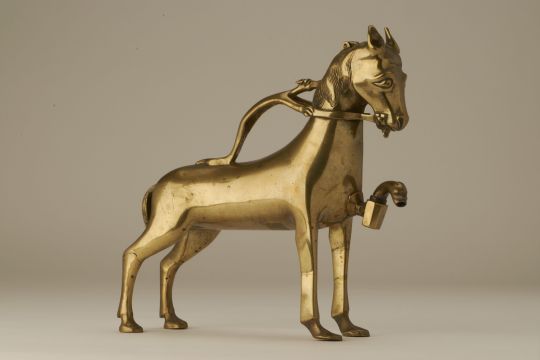
Brass horse Aquamanile crafted in Nuremberg, Germany, 15th century
from The Hunt Museum, Limerick
116 notes
·
View notes
Text

Rogier van der Weyden - Portrait of a Lady (ca. 1460)
53 notes
·
View notes
Text
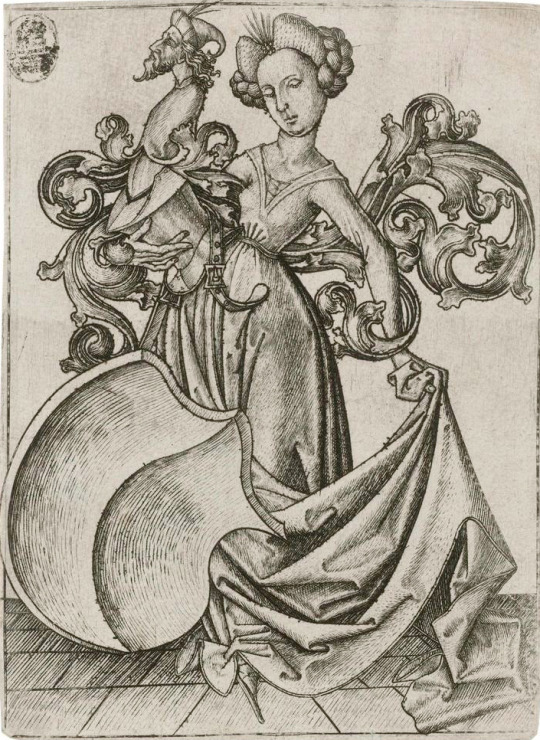
ab. 1450 Master E. S. - Lady with a helmet and an empty escutcheon
(Staatliche Kunstsammlungen Dresden)
81 notes
·
View notes
Text

The Sacrifice of Isaac
about 1480–1490
Unknown artist/maker
Not currently on view the getty
32 notes
·
View notes
Text

Mary Magdalene
about 1430–1440
Master of Sir John Fastolf (French, active before about 1420 - about 1450)
Not currently on view the getty
68 notes
·
View notes
Text

Mary Magdalene
about 1415–1420
Boucicaut Master (French, active about 1390 - 1430)
Not currently on view the getty
88 notes
·
View notes
Text

ab. 1470 Vrancke van der Stockt - Kneeling Donor with St. John the Baptist
(Allen Memorial Art Museum, Oberlin College)
46 notes
·
View notes
Text
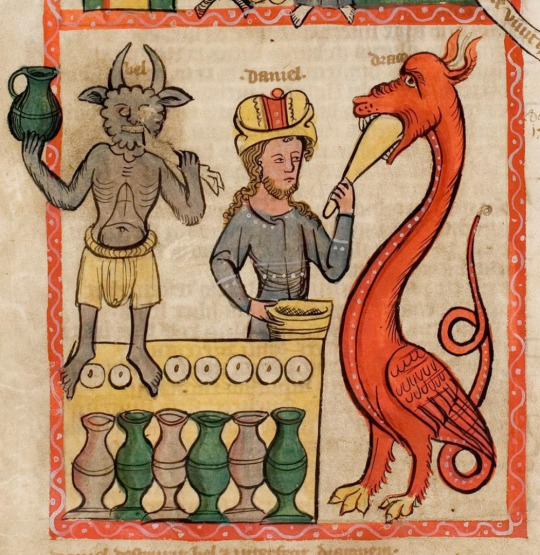
daniel, bel and the dragon
from a copy of "speculum humanae salvationis", northwestern germany, c. 1360
source: Darmstadt, ULB, Hs 2505, fol. 26v
192 notes
·
View notes
Text

Panel from the Chapel of the Palazzo Carrarese depicting a seated group of ten crowned angels holding black globes and lily flabella
Guariento di Arpo (1310–1370), mid-14th century
Musei Civici di Padova
61 notes
·
View notes
Photo

Hans Memling: Last Judgment Triptych (detail)
1467-71
Oil on wood
Muzeum Narodowe, Gdansk
3K notes
·
View notes
Text

Catedral de Ely UK
887 notes
·
View notes
Text


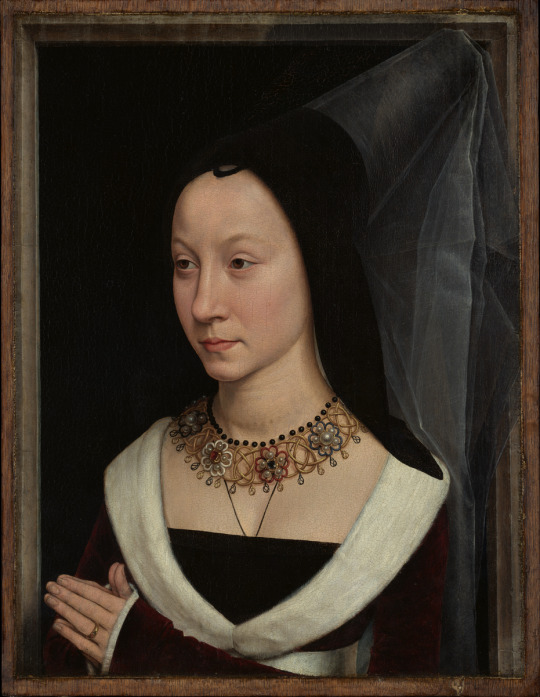

Hans Memling
Tommaso di Folco Portinari (1428–1501); Maria Portinari (Maria Maddalena Baroncelli, born 1456)
Oil on wood, ca. 1470
Image at bottom: Hypothetical reconstruction of the portraits of Tommaso and Maria Portinari with Hans Memling, "Virgin and Child," ca. 1470, oil on oak, (National Gallery, London).
A native of Florence, Tommaso Portinari was the branch manager of the Medici bank in Bruges. He probably commissioned these portraits from Memling around the time of his marriage to the fourteen-year-old Maria Baroncelli in 1470. The two panels originally formed a triptych with a central devotional image of the Virgin and Child.
The Metropolitan Museum of Art
15 notes
·
View notes
Text

Hans Memling (Netherlandish, Seligenstadt, active by 1465–died 1494 Bruges)
Allegory of Chastity (cover for a lost portrait?), 1479-80
Oil on oak panel
Institute of France, Musée Jacquemart-André, Paris
Met Museum
30 notes
·
View notes
Text


Portrait of a Man with an Open Book (Guillaume Fillastre?) (recto); Branch of Holly and Inscription (verso), 1430s?
Workshop of Rogier van der Weyden (Netherlandish, Tournai ca. 1399–1464 Brussels)
Oil on oak panel
A double-sided painting from the workshop of Rogier van der Weyden depicts a serious man with a furrowed brow and a hand resting on an open book; he is thought to be the Burgundian cleric Guillaume Fillastre. On its reverse side is an arrestingly naturalistic rendering of a holly branch with light glinting off its spiky leaves. An inscription at the top of the panel reads, “I hate what bites” — a cryptic motto that has been interpreted as a gesture of self-defense against intellectual critics.
The Courtauld, London / text via: NYT
24 notes
·
View notes
Text
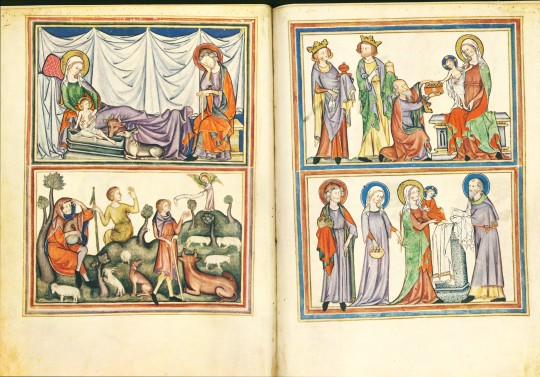
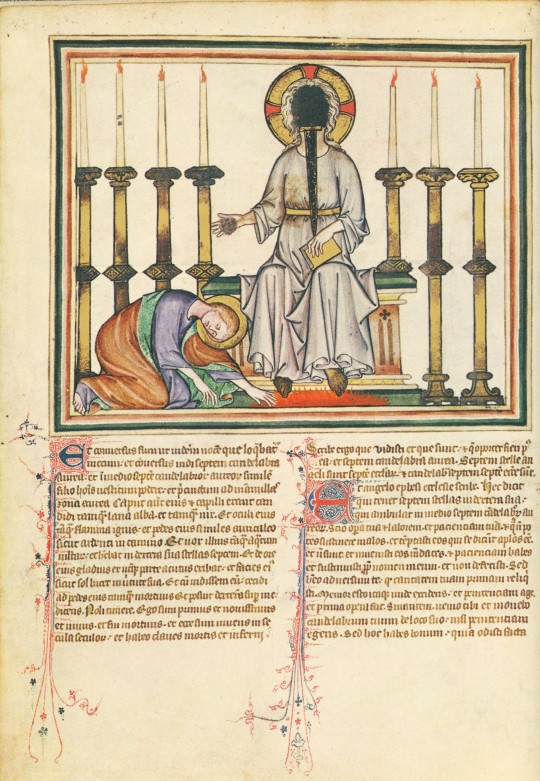



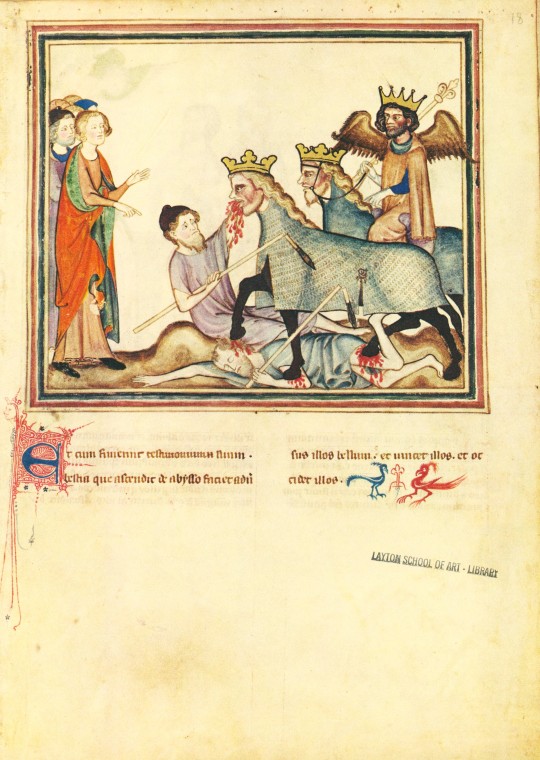
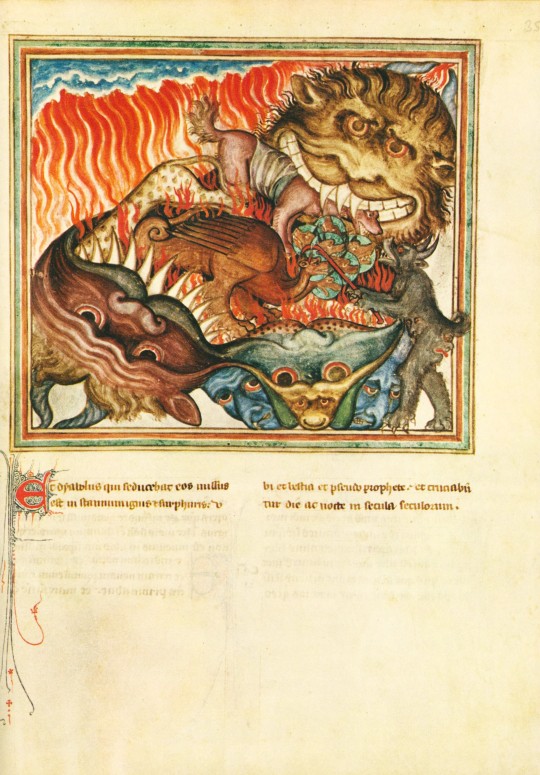

An Apocalyptic Manuscript Monday
This week we present our facsimile of the 14th-century Cloisters Apocalypse, published in 1971 by the Metropolitan Museum of Art in New York. As described in the introduction to the commentary about the manuscript, “[famine], pestilence, strife, and untimely death inspired apocalyptic fantasies and movements in Europe throughout the Middle Ages” (page 9), and this environmental influence led to the popularity of apocalyptic manuscripts like this French Apocalypse. Made in the 1330s for a Norman aristocratic couple, this manuscript has a few interesting details that set it apart from other Apocalypses, especially in relation to two other manuscripts in London (British Library, Add. Ms. 17333) and Paris (Bibliothèque Nationale, ms. Lat. 14410) that share similar formats, styles, and sequences with the Cloisters manuscript.
The first unique detail is the prefatory cycle of the life of Jesus in the introductory folios (1-2 verso). Since the Apocalypse of St. John the Divine (also known as the book of Revelation) was written by a titular St. John, prefatory cycles in Apocalypses usually consist of his life, rather than Christ’s. The other aspect of this manuscript that makes it distinct amongst its sister manuscripts is the addition of a dedication page on folio 38 verso. This page shows a man and woman kneeling in front of a tonsured saint and the Virgin and Child, respectively, representing the people for whom this manuscript was originally made for.

Interestingly, this manuscript also has multiple pages added to the original manuscript. Pasted on the inside front cover are handwritten provenance notes. The manuscript also did not originally include chapters and verses 16:14 through 20:3, and pages with this text were later added to the manuscript after the dedication page.
The materials used to create this manuscript include tempera, gold, silver, and ink on parchment with a later leather binding. If you are interested in seeing this unique Apocalypse manuscript, you can either use our facsimile, visit Gallery 13 of the Metropolitan Museum of Art’s Cloisters where the original is on display, or view their digital presentation of the manuscript.
View other posts on our facsimiles of illuminated manuscripts.
– Sarah S., Special Collections Graduate Intern
50 notes
·
View notes
Text

Carved wooden, lead lined ink pot with three legs, Europe, 15th century
from The Hunt Museum, Limerick
147 notes
·
View notes